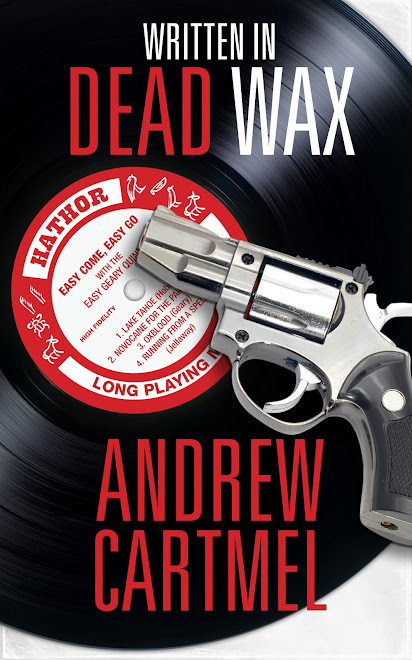 I briefly discussed Tarzan's literary origins in last week's post. Now we come to the latest film incarnation of Edgar Rice Burrough's immortal jungle lord.
I briefly discussed Tarzan's literary origins in last week's post. Now we come to the latest film incarnation of Edgar Rice Burrough's immortal jungle lord. There isn't any shortage of movies about Tarzan — certainly over fifty exist. Some other interesting ones are Tarzan and His Mate (1934) and Tarzan Escapes (1936), which was partly directed by William Wellman and is surprisingly erotic when our hero is welcomed to Jane's jungle.
 And then there was 1984's Greystoke, which interestingly was subtitled "The Legend of Tarzan", and was the work of the great screenwriter Robert Towne... although he was so disgusted with the result he signed it with the kennel name of his dog.
And then there was 1984's Greystoke, which interestingly was subtitled "The Legend of Tarzan", and was the work of the great screenwriter Robert Towne... although he was so disgusted with the result he signed it with the kennel name of his dog.Well, The Legend of Tarzan could easily be the best of all of them. It's not perfect but it is very, very good. It's directed by David Yates, who did a slew of Harry Potter movies and drafts of the script were done by Craig Brewer (Black Snake Moan) and Adam Cozad (Jack Ryan: Shadow Recruit).
 I liked the genuine African feel to the movie, and the engagement with colonial evils
(although that involved rolling the story back a few decades). I also liked the fact that our hero was covered with
scars, as he would be if he'd been scampering around the jungle for a large segment of his life. (And there's a great scene where he gets bitten and uses ants to suture the wound.)
I liked the genuine African feel to the movie, and the engagement with colonial evils
(although that involved rolling the story back a few decades). I also liked the fact that our hero was covered with
scars, as he would be if he'd been scampering around the jungle for a large segment of his life. (And there's a great scene where he gets bitten and uses ants to suture the wound.)The dialogue is admittedly a bit dodgy in its modernity (use Ngram, guys!) and there are some other flaws in the screenplay. The basic threat — 20,000 unseen mercenaries moored offshore in CGI ships — remains utterly abstract and is a basic failure of screenwriting.
 But it doesn’t matter. This is personal — it's about our
hatred of the villain -- and Christoph Waltz makes a terrific villain, although his
Samurai worry beads are utterly ludicrous – and about the kidnapping of the
wife – which is absolutely classic Burroughs.
But it doesn’t matter. This is personal — it's about our
hatred of the villain -- and Christoph Waltz makes a terrific villain, although his
Samurai worry beads are utterly ludicrous – and about the kidnapping of the
wife – which is absolutely classic Burroughs. The presence of Samuel L. Jackson ameliorates the White Man Saves Africa aspect of the story – although when you think about it, the solution (give the guy a black sidekick) is as bad as the problem.
 But it works, not least because Jackson is so damned likable.
His encyclopaedic knowledge of firearms becomes a bit tedious, however.
But it works, not least because Jackson is so damned likable.
His encyclopaedic knowledge of firearms becomes a bit tedious, however. Best of all, I really did like the way that Tarzan’s origin story was woven through the main narrative, neatly arriving at the point where it explains why the secondary bad guy, excellently played by Djimon Hounsou, was so eager to kill Tarzan.
Incidentally, Hounsou performs with such nobility that the confrontation scene actually becomes transcendent.
 And I absolutely loved all the animal stuff. This is a worthy companion piece to Jungle Book, itself one of the best movies of the year. And that's appropriate because Burroughs was inspired by Kipling when he created Tarzan.
And I absolutely loved all the animal stuff. This is a worthy companion piece to Jungle Book, itself one of the best movies of the year. And that's appropriate because Burroughs was inspired by Kipling when he created Tarzan.Oh, and in case anyone is sceptical about the scene where Tarzan is affectionately greeted by his old friend the lion, in an emotional reunion, just check out this true life story. It brings a tear to my eye every time.
(Image credits: With their rather boringly limited colour palette, all these poster are from Imp Awards.)


























